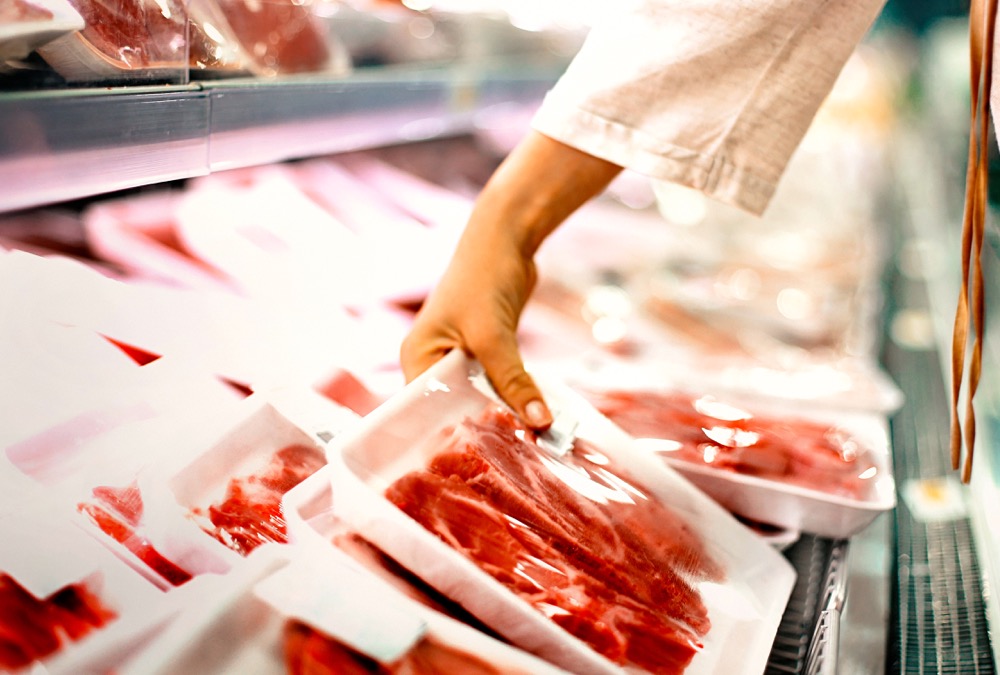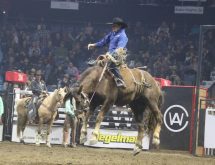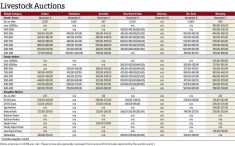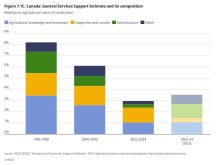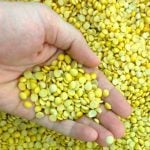Reuters – U.S. ranchers lobbying for tighter rules on meat origin labelling got a win in early March.
Meat, poultry or eggs labelled as a U.S. product must come from animals raised and slaughtered within the country under a rule proposed by the Biden administration March 6.
Existing rules for the label permit its use for meat derived from animals that were born and raised abroad and only processed in the United States. U.S. farmers and ranchers had argued that disadvantaged American producers.
Read Also

Manitoba farmers uneasy on expropriation
Farmland expropriation for Oak Bluff highway project brings process, farmer compensation concerns back to the fore.
The administration and U.S. Department of Agriculture pledged to review the “Product of USA” and “Made in the USA” label standards for meat early last year as part of a broader strategy to encourage competition in the economy as a whole and in the highly consolidated meat sector.
“American consumers expect that when they buy a meat product at the grocery store, the claims they see on the label mean what they say,” Agriculture Secretary Tom Vilsack said in a statement.
The USDA conducted a consumer survey last year that found the majority of consumers believed the “Product of USA” label means the product came from animals born and raised in the country, the USDA said.
American farm groups cheered the announcement.
“If it says ‘Made in the USA,’ then it should be from cattle that have only known USA soil. Consumers have the right to know where their food comes from, full stop,” U.S. Cattlemen’s Association president Justin Tupper said in a statement.
The group had petitioned the USDA to update its meat origin labeling.
Country of origin labelling has been contentious for years. In 2015, the last round of U.S. COOL rules were knocked down following a lengthy dispute between Canada and Mexico and the U.S. before the World Trade Organization.
The “Product of the USA” label will remain voluntary under USDA’s proposed rule.

